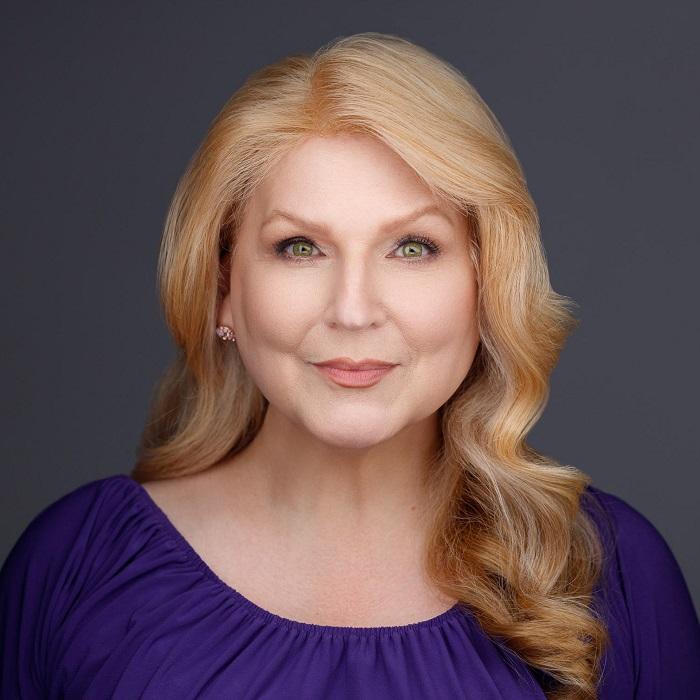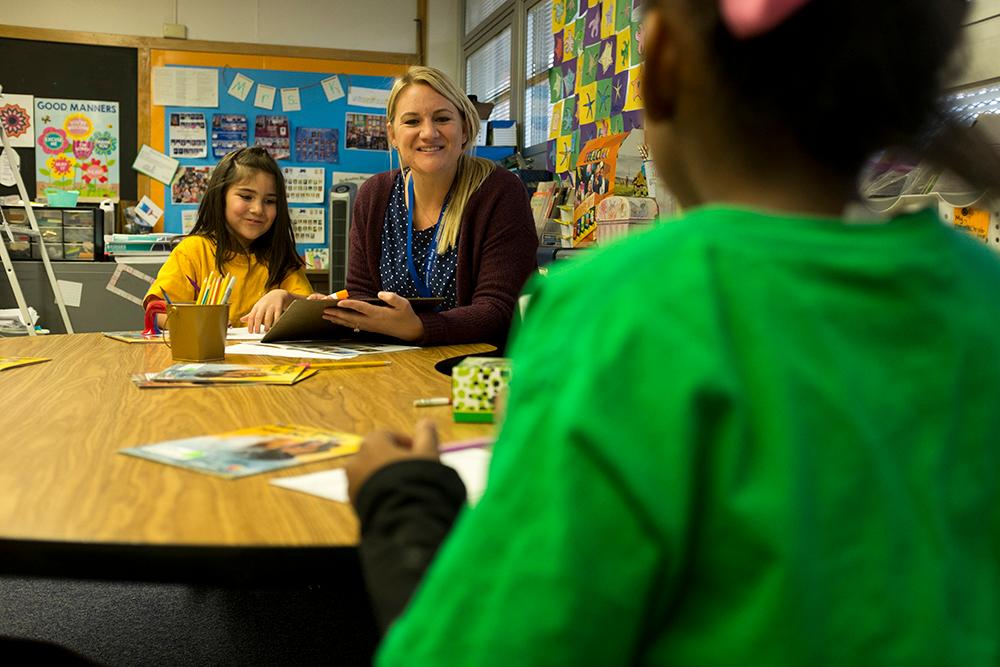Nearly half of Colorado's public school students live in low-income households, a new report says.
The Southern Education Foundation analyzed federal data and found that 51 percent of public school students across the country (and 42 percent in Colorado) were low income, a statistic the report authors called a "defining moment." Other education advocates were somber as well.
“We’ve all known this was the trend, that we would get to a majority, but it’s here sooner rather than later,” Michael A. Rebell, the executive director of the Campaign for Educational Equity at Columbia University told the Washington Post. “A lot of people at the top are doing much better, but the people at the bottom are not doing better at all. Those are the people who have the most children and send their children to public school.”
This map shows how Colorado compares to other states. 
The report defined low income as qualifying for the federal free and reduced lunch program. That program's threshold is commonly used to define poverty, as the official federal measurement for poverty is broadly seen as flawed. NPR reports there are three key problems with it:
1. It doesn't account for geographic differences. The poverty line is the same, no matter where you live — whether it's in New York City or rural South Dakota.
2. It's based on a 50-year-old formula that assumes Americans spend about a third of their income on food. But, after adjusting for inflation, the price of food has fallen significantly in the past 50 years. Today, people spend only about a sixth of their income on food. But they spend a bigger chunk of their income on other items, like child care and medical expenses.
3. It doesn't consider the value of of government benefits, such as food stamps and tax credits.
The official poverty line is still important because federal programs like Medicaid are tied to it. While it looks like that will not be adjusted anytime soon, The Post says Congress just began debate on the country's main federal education law.
The most recent version of the law, known as No Child Left Behind, has emphasized accountability and outcomes, measuring whether schools met benchmarks and sanctioning them when they fell short.
That federal focus on results, as opposed to need, is wrongheaded, Rebell said.
“We have to think about how to give these kids a meaningful education,” he said. “We have to give them quality teachers, small class sizes, up-to-date equipment. But in addition, if we’re serious, we have to do things that overcome the damages of poverty. We have to meet their health needs, their mental health needs, after-school programs, summer programs, parent engagement, early-childhood services. These are the so-called wraparound services. Some people think of them as add-ons. They’re not. They’re imperative.”
This story is part of our ongoing exploration of Colorado kids who are living in poverty, how it affects their lives and our common future. We'd like to hear your ideas about about what can be done about child poverty in Colorado. Share your thoughts through our Public Insight Network.








